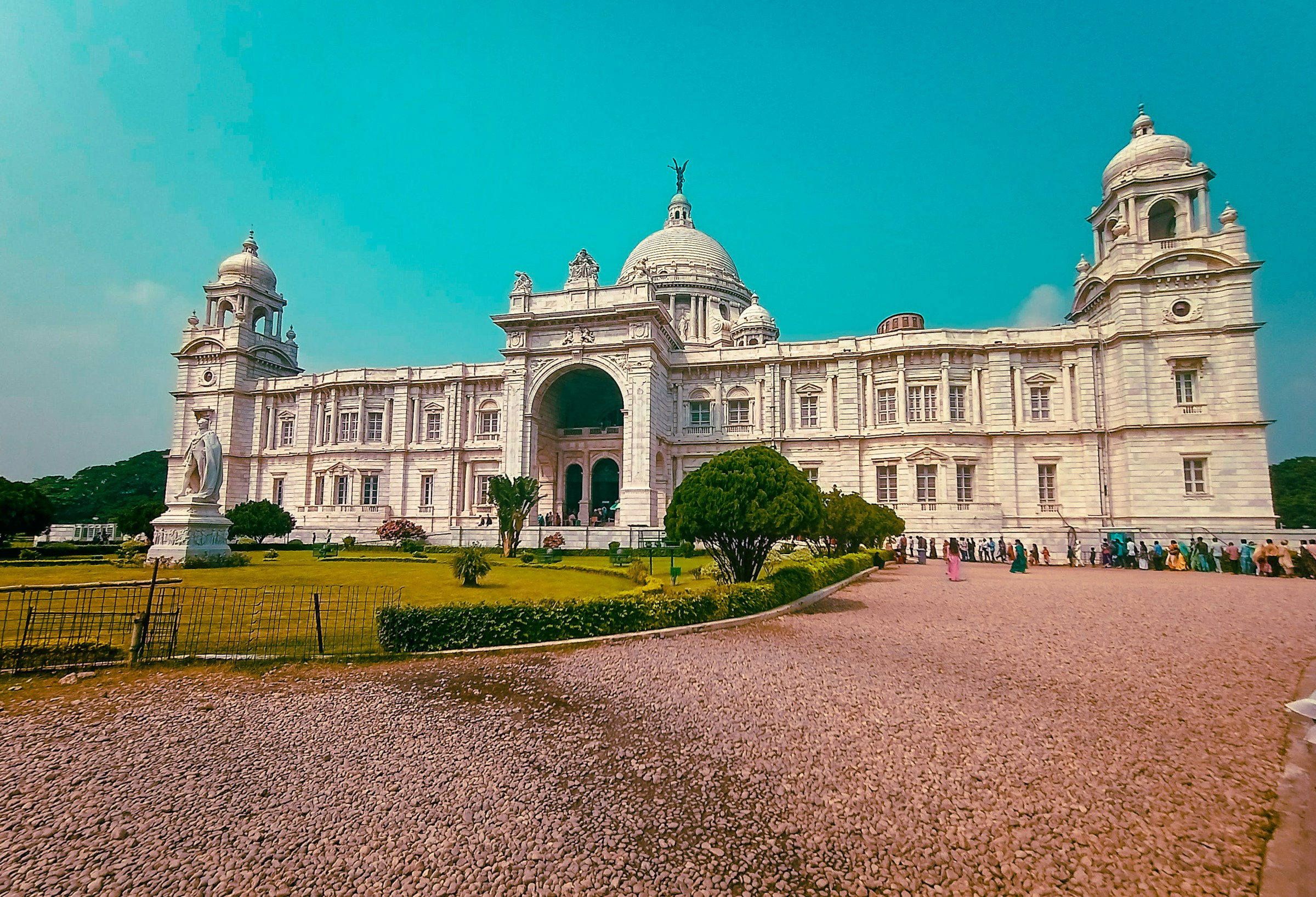Victorian homes are architectural gems, but maintaining their charm while enhancing energy efficiency can be challenging. Eco-retrofitting is an effective way to increase your home's value while prioritizing sustainability. This guide, tailored for Bath homeowners, explores practical and innovative methods to upgrade your Victorian property. From insulation improvements to renewable energy installations, discover how to blend heritage preservation with modern eco-friendly solutions. Transform your home and leave a lasting impact on both the environment and your property’s worth.
Understanding Eco-Retrofitting for Victorian Homes
Eco-retrofitting refers to the process of upgrading existing buildings with sustainable practices to improve energy efficiency and reduce environmental impact. This is particularly crucial for Victorian homes, which often lack modern insulation and energy-saving features. By implementing eco-retrofitting, homeowners can preserve the architectural charm of these historic structures while enhancing their sustainability.
A découvrir également : Essential Steps to Establish a Sustainable Green Lease for Commercial Properties in Birmingham
Victorian homes, with their intricate designs and historical significance, benefit greatly from eco-retrofitting. It allows for the integration of sustainable practices without compromising the aesthetic value of the architecture. This not only reduces energy consumption and utility costs but also increases the home's market value by appealing to environmentally conscious buyers.
Popular eco-retrofitting techniques include:
A lire en complément : Essential Guide to Assessing the Structural Soundness of Pre-1950 Properties in London
- Insulation upgrades: Installing modern insulation materials in walls, roofs, and floors to minimize heat loss.
- Window enhancements: Replacing or adding secondary glazing to original windows to improve thermal efficiency.
- Renewable energy systems: Incorporating solar panels or heat pumps to harness renewable energy sources.
These techniques help Victorian homes maintain their historical integrity while embracing modern sustainable practices. By understanding and implementing eco-retrofitting, homeowners can ensure their Victorian homes remain both functional and environmentally friendly for future generations.
Local Regulations and Incentives in Bath
Navigating the Bath regulations for eco-retrofitting Victorian homes involves understanding specific building codes and compliance requirements. Bath, known for its rich architectural heritage, has stringent guidelines to preserve historical aesthetics while promoting sustainability. Homeowners must adhere to local building codes that dictate how modifications can be made, ensuring that any eco-friendly upgrades do not compromise the historical integrity of the structures.
In terms of eco-incentives, Bath offers various government grants and financial support to encourage sustainable home improvements. These incentives aim to reduce the financial burden on homeowners seeking to implement eco-retrofitting measures. For instance, grants may be available for installing energy-efficient insulation or renewable energy systems like solar panels. Such incentives not only make eco-retrofitting more accessible but also promote the long-term benefits of reduced energy consumption and environmental impact.
Compliance with these regulations and incentives is crucial. Homeowners must ensure that all eco-friendly upgrades meet the necessary standards and obtain any required permissions. By doing so, they can take advantage of available support while maintaining the architectural charm of their Victorian homes. Understanding these aspects is key to successfully navigating the eco-retrofitting process in Bath.
Cost Estimates for Eco-Retrofitting Projects
Embarking on an eco-retrofitting project for a Victorian home involves understanding the typical costs associated with upgrading these historic structures. Initial cost estimates can vary significantly based on the scope of the project and the specific retrofitting expenses involved.
Typical Costs
- Insulation Upgrades: This can range from £1,000 to £5,000 depending on the materials and areas covered.
- Window Enhancements: Replacing windows or adding secondary glazing might cost between £2,000 and £7,000.
- Renewable Energy Systems: Installing solar panels or heat pumps generally ranges from £3,000 to £10,000.
Influencing Factors
Several factors can influence the overall cost of eco-retrofitting. These include the size and condition of the home, the choice of materials, and the extent of the upgrades. Additionally, labour costs and the need for specialised contractors can add to the budget.
Budgeting Strategies
To manage these expenses, homeowners can explore financing options such as government grants or loans tailored for eco-improvements. Creating a detailed budget plan that prioritises essential upgrades can also help in managing costs effectively. By thoroughly understanding these aspects, homeowners can make informed decisions and ensure a successful eco-retrofitting project.
Recommended Eco-Friendly Materials and Technologies
When considering eco-friendly materials for retrofitting Victorian homes, homeowners have a variety of sustainable options to choose from. These materials not only enhance energy efficiency but also align with the architectural aesthetics of historic structures.
One popular choice is sheep wool insulation, known for its natural thermal properties and moisture resistance. Unlike traditional insulation, sheep wool is renewable and biodegradable, making it an excellent choice for sustainable retrofits. Similarly, cork flooring offers durability and sound insulation while being harvested sustainably without harming trees.
In terms of sustainable technologies, homeowners can benefit from innovations like smart thermostats and energy-efficient LED lighting. These technologies not only reduce energy consumption but also integrate seamlessly with the existing infrastructure of Victorian homes. Smart thermostats, for example, allow for precise temperature control, optimising energy use throughout the year.
Comparing traditional materials with eco-friendly alternatives reveals significant differences. Traditional materials may offer initial cost savings but often lack the long-term environmental benefits of sustainable options. Eco-friendly materials and technologies provide improved efficiency, durability, and reduced carbon footprint, making them a wise investment for those committed to sustainability.
Case Studies and Examples from Bath
Exploring case studies of successful eco-retrofitting projects in Bath provides valuable insights. These examples highlight the transformative impact of retrofitting on local homes, showcasing both the challenges and triumphs encountered.
One notable project involved a Victorian terrace, where insulation upgrades and solar panel installations significantly reduced energy bills. The homeowners reported a 30% decrease in annual energy costs, demonstrating the financial benefits of eco-retrofitting. This case study also emphasised the importance of selecting materials that complement the architectural style, enhancing both efficiency and aesthetics.
Another example is a semi-detached Bath home that integrated smart technologies alongside traditional retrofitting methods. By installing smart thermostats and energy-efficient lighting, the property not only improved energy management but also increased its market appeal. This project illustrates the potential for modern technology to coexist with historical design.
These successful retrofits have positively influenced community perception, encouraging more homeowners to consider sustainable upgrades. Furthermore, these projects have shown a notable increase in property value, as eco-friendly homes attract environmentally conscious buyers. By learning from these examples, homeowners can better navigate the eco-retrofitting process, ensuring both economic and environmental benefits.
Step-by-Step Guide to Eco-Retrofitting Your Victorian Home
Embarking on a DIY retrofitting project for your Victorian home requires careful planning and execution. To ensure a successful transformation, follow these essential steps:
Planning Your Project
Begin by assessing your home's current condition and identifying areas that need improvement. This includes checking for insulation gaps, outdated windows, and inefficient heating systems. Once you have a clear understanding, set a realistic budget and timeline, considering the potential need for professional assistance in certain areas.
Overcoming Common Challenges
Retrofitting a Victorian home presents unique challenges, such as preserving historical features while integrating modern systems. To address these, research sustainable materials that complement your home's aesthetic. Additionally, consult with specialists familiar with historical buildings to ensure compliance with local regulations.
Maximizing Home Value
To enhance both sustainability and market appeal, focus on upgrades that offer long-term benefits. Prioritise energy-efficient solutions like smart thermostats and LED lighting. These not only reduce utility costs but also attract environmentally conscious buyers. Consider renewable energy installations, such as solar panels, which can significantly boost your home's value.
By following this step-by-step guide and addressing potential challenges, you can successfully eco-retrofit your Victorian home, ensuring it remains an attractive and sustainable property for years to come.






